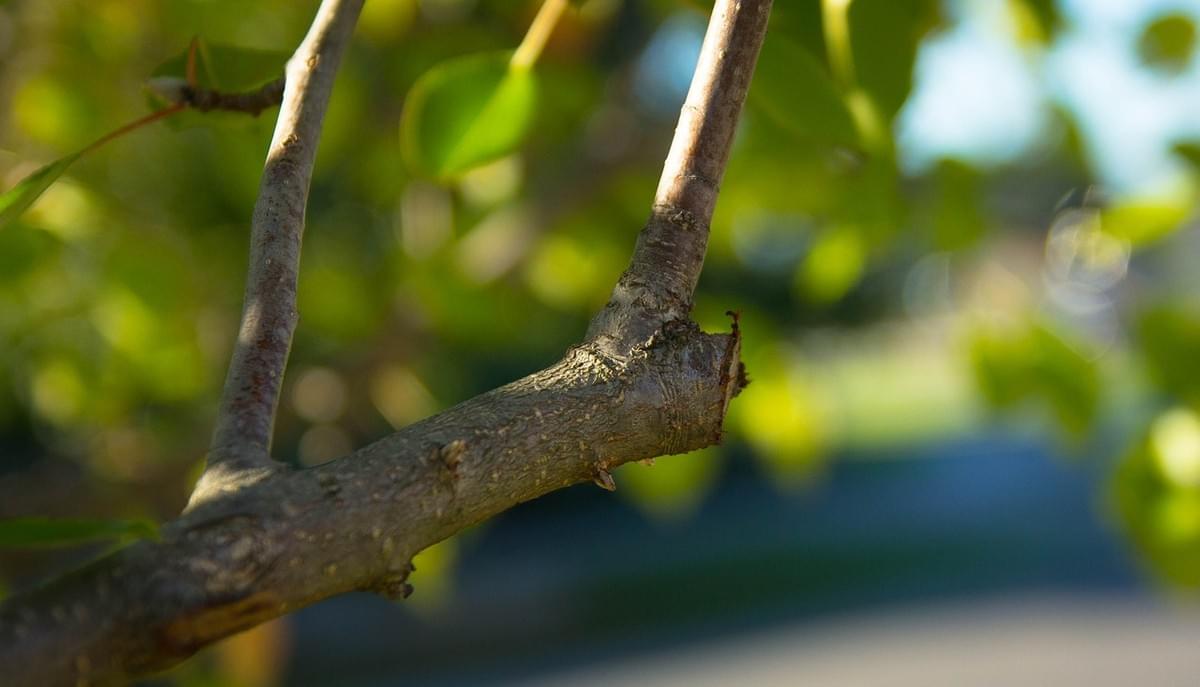
Tree removal is a key component of arboriculture. The process involves a variety of activities that include pruning, cutting, and felling trees. This is done primarily to beautify a property, to increase safety, or to decrease a homeowner's insurance premiums. The number of trees on a property also affects its value. Tree removal has become an essential component of arboriculture in many areas.
Typically, tree stump removal professionals will obtain a DBA tree removal permit to fell a tree on your property. Permits are not necessarily required; however, they are almost always required by local governments. They are often issued by law enforcement officials or fire departments within 100 feet of the address of the property owner. Tree removal on residential properties is often referred to as "edge cutting." The term refers to the procedure of removing the majority of the tree from a private residential lot line, street address, or parcel line. In most cases, it is the property owner who obtains a DBA tree removal permit.
Before obtaining a DBA tree removal permit, an arborist or other related professional must evaluate the site and surrounding property for potential hazards or any kind of adverse environmental impact that might affect the operation of the felling, removal, or installation of a tree. In most cases, an evaluation is made using information provided by the local zoning official, local engineering firm, and other sources. A copy of this evaluation is then presented to the property owner for his or her approval. If the zoning official determines there is a significant or potential environmental impact, he or she may also recommend the need for a permit.
Many jurisdictions require that a license be obtained before tree removal can take place. In addition, some jurisdictions require that all tree removal take place only with the assistance of a licensed tree removal contractor. While some arborists are able to perform felling, trimming and pruning on their own, many require that their clients retain specialized contractors to perform the tasks. Contractors who hold a DBA tree removal permit are also referred to as "self-service" contractors. Read more details about the most ideal tree removal experts on this page.
Some tree removal specialists offer their services directly to the public. These individuals may either specialize in felling trees, cutting them, or both, or they may perform pruning and trimming and tree removal. A few tree removal specialists work exclusively with commercial customers and others have general contracts with homeowners, private parties, and other businesses. Some tree removal specialists specialize in only tree felling; others may also provide services such as cutting, pruning and thinning. It is recommended that anyone wishing to hire a tree removal specialist to do any kind of cutting or pruning on their property, secure written permission from the homeowner or other responsible parties.
Typically, once a tree has been felled, its stump is also removed. Stumps are usually left on the property for several years, but are sometimes needed to be removed promptly for one of several reasons. They could become a safety hazard, block drainage pipes, pose an obstruction to the growth of other vegetation, or encroach on property lines. In most cases, it is preferable that the stump is removed in order to improve landscape quality, increase safety, and/or make improvements to the property's utilities. If the tree is to be removed because it poses an obstruction, it is often necessary to have the tree removed and replaced with one or more trees that do not block the pipes or storm drains. This increases the likelihood that the new trees will thrive. Discover more details related to this topic on this link: https://en.wikipedia.org/wiki/Tree_care.